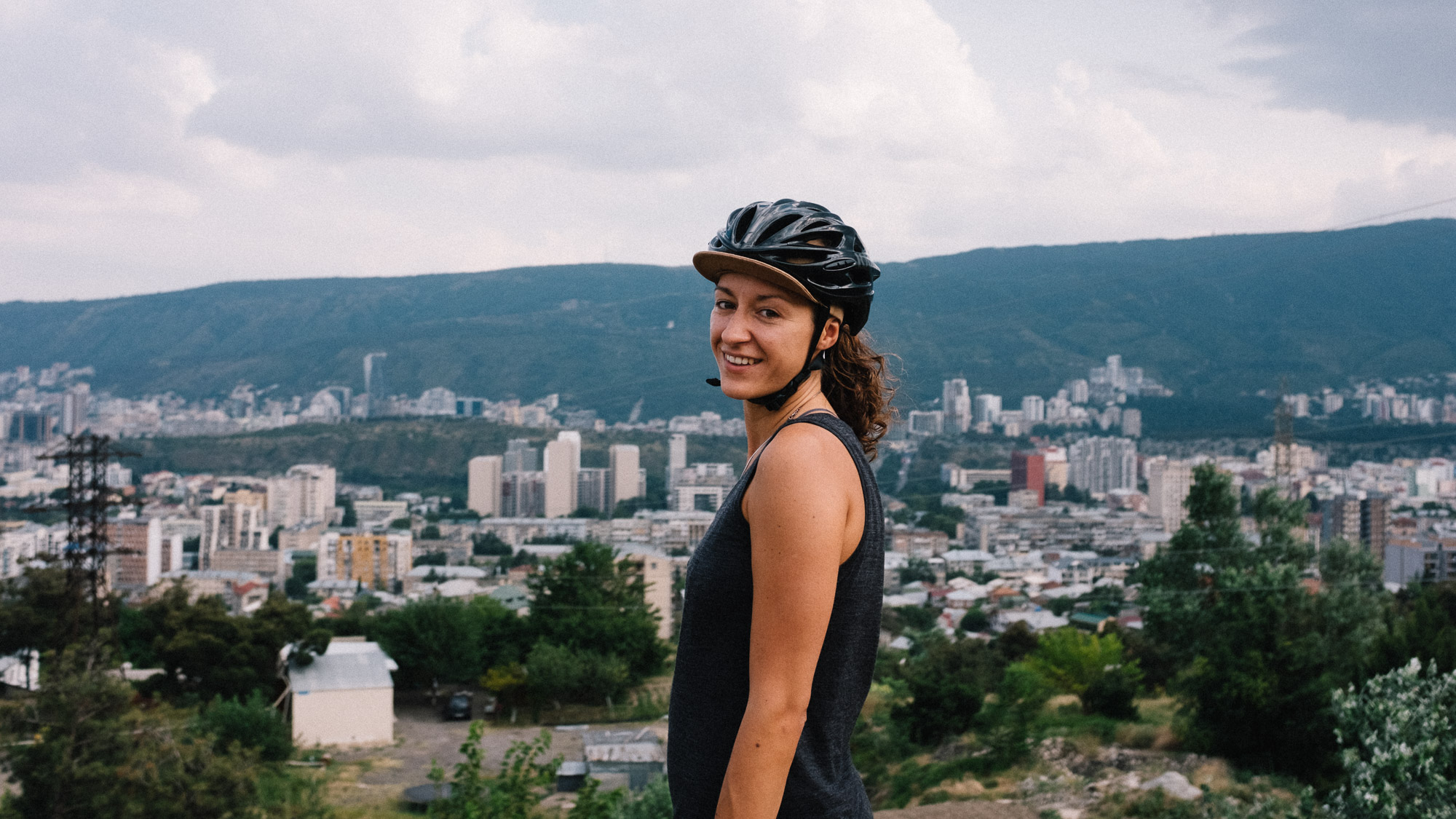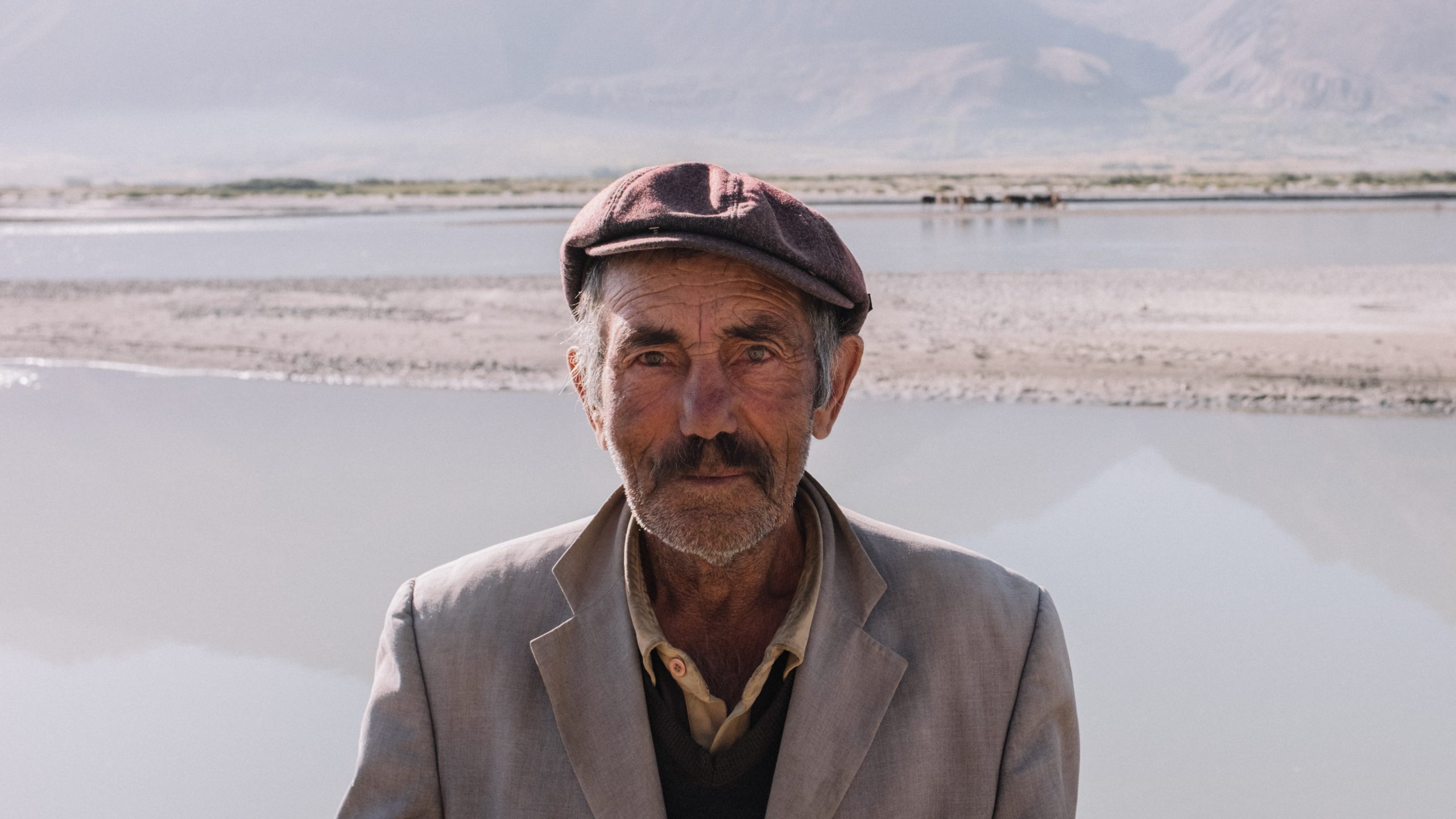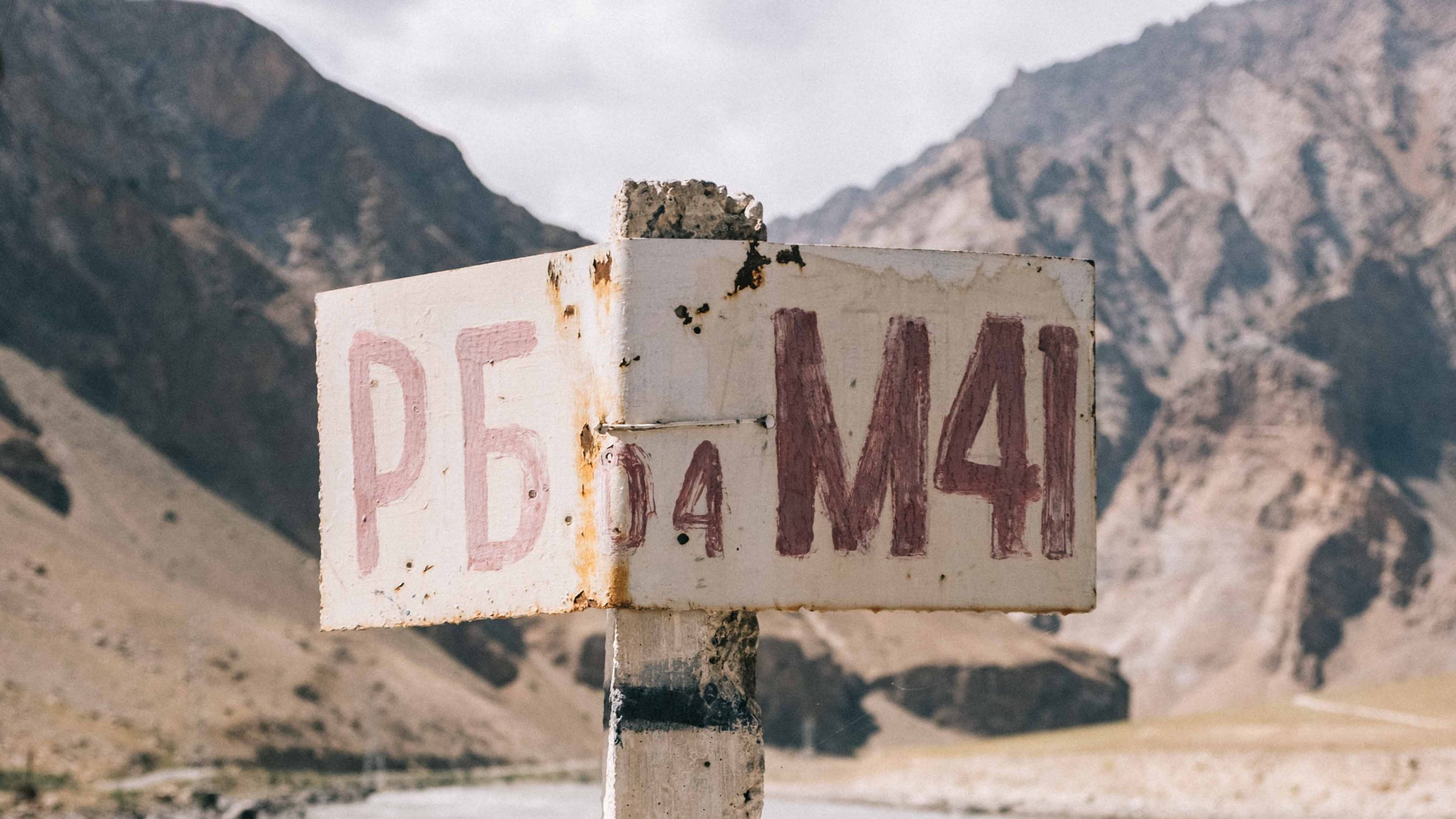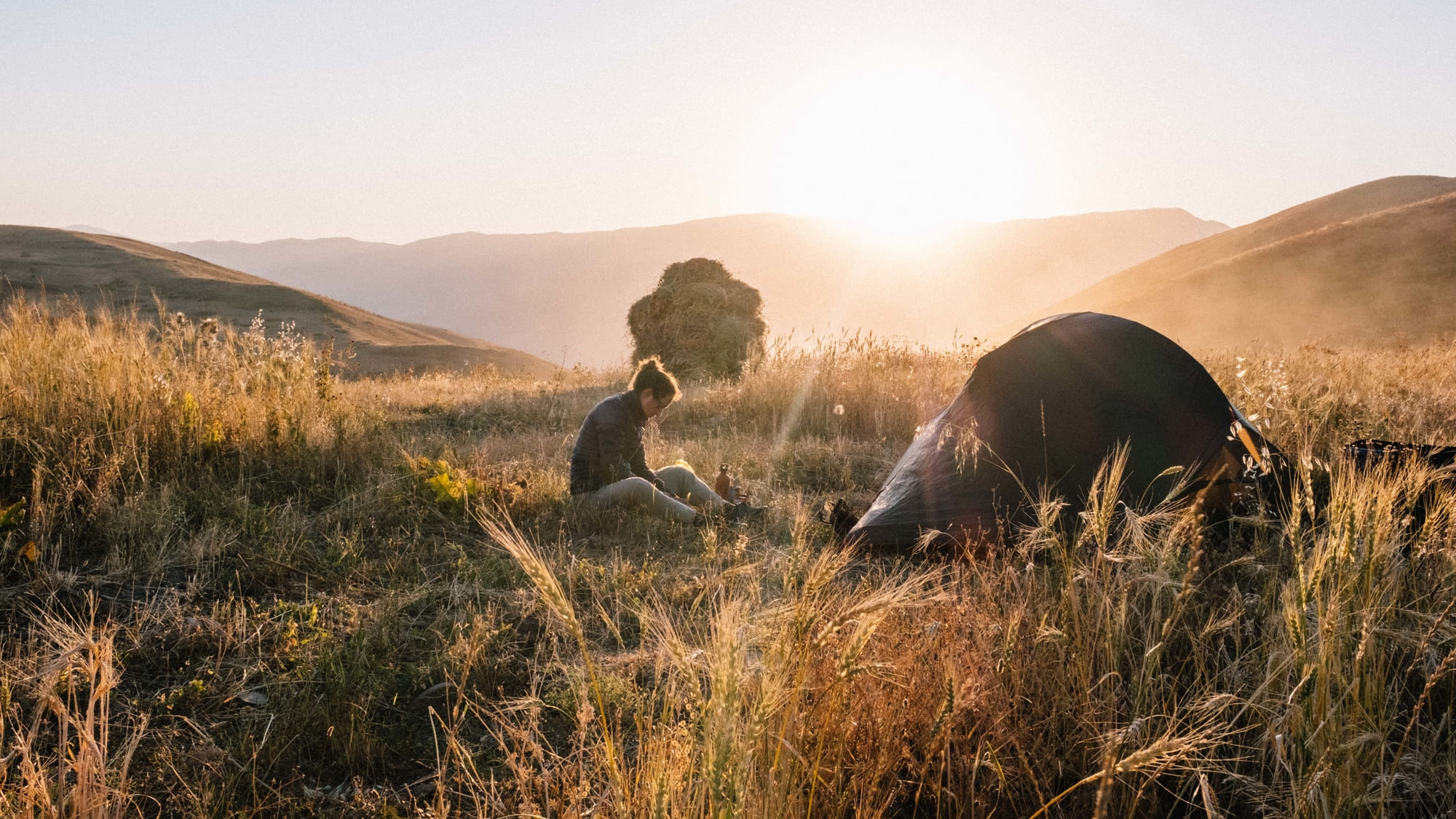tajikistan
-
The Pamir Highway – Part IV
Our third week on the Pamir Highway led us through the famous Wakhan corridor. A historical, remote and beautiful region, with only a river separating Tajikistan from Afghanistan. We passed old ruins, military bases and wheat fields, and everyone we met greeted us with a smile and a heartfelt invitation for chai.
Written by
-
The Pamir Highway – Part III
Our third week on the Pamir Highway led us through the famous Wakhan corridor. A historical, remote and beautiful region, with only a river separating Tajikistan from Afghanistan. We passed old ruins, military bases and wheat fields, and everyone we met greeted us with a smile and a heartfelt invitation for chai.
Written by
-
The Pamir Highway – Part II
The stretch between Qal’ai Khumb and Khorog was only 240 kilometers. But with bike issues, military visits and patients along the road it was a very eventful couple of days. There are a million amazing camp spots on the Pamir, but some days it seemed nearly impossible to find one. We were locked in between
Written by
-
Cycling The Pamir Highway – Tajikistan, Dushanbe to Qal’ai Khumb
The Pamir is adventure cyclists paradise. We spent a month in the beautiful landscapes of Tajikistan. We cycled the legendary Ak-Baital pass (4.655 m) and followed the Panj river.
Written by





